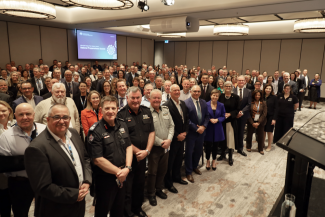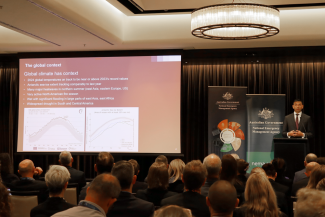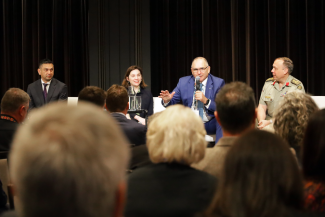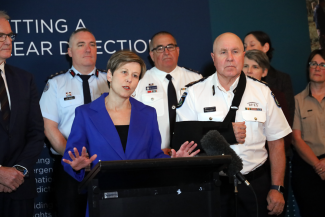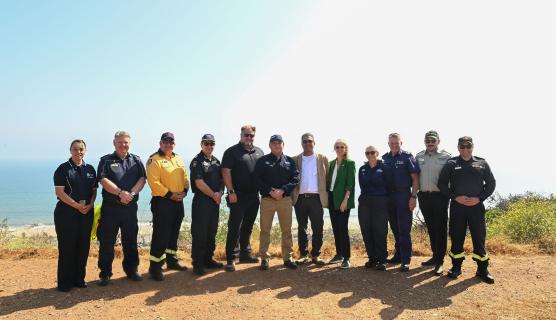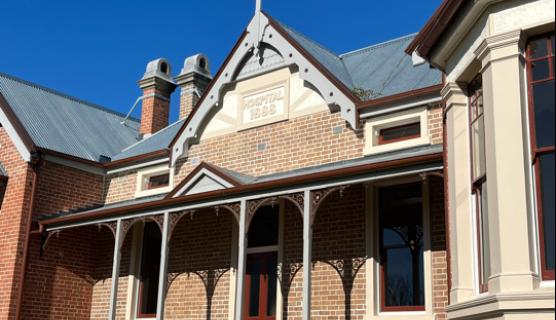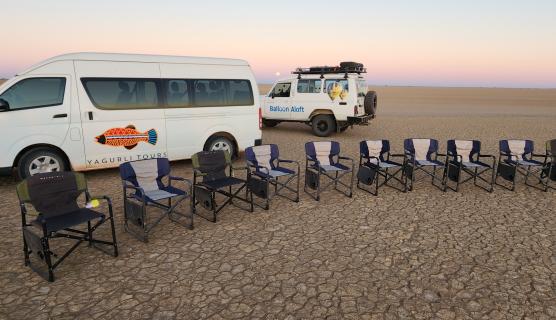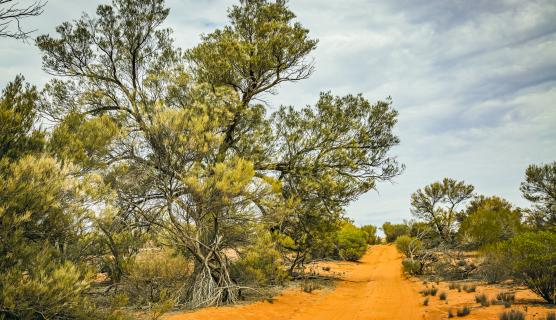The second National Higher Risk Weather Season (HRWS) Preparedness Summit took place over 18-19 September 2024. The event brought together more than 240 leaders from all levels of government and the emergency management, private and not-for-profit sectors. With a focus on best preparing for the 2024-25 higher risk weather season.
The Summit began with a warm welcome to country from Uncle Tyronne Bell. Followed by opening remarks from the Minister for Emergency Management, Senator the Hon Jenny McAllister, our Coordinator-General Brendan Moon AM, and Governor General Sam Mostyn AC.
“In our 50th year of national collaboration, I’m delighted that over 240 participants from over 140 organisations are here“, Mr Moon said.
“These two days allow us to:
- develop a collective understanding of the seasonal outlook and our capabilities
- test how we will prepare, respond and recover from disasters that we may face
- build connections and strengthen relationships between key stakeholders
- enhance our national coordination in preparation for the upcoming season.”
Dr Karl Braganza from the Australian Bureau of Meteorology also gave a detailed overview of the seasonal outlook.
